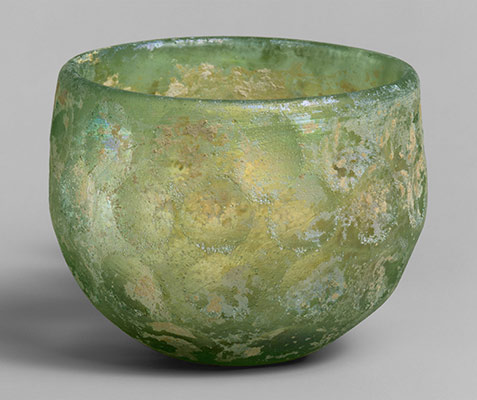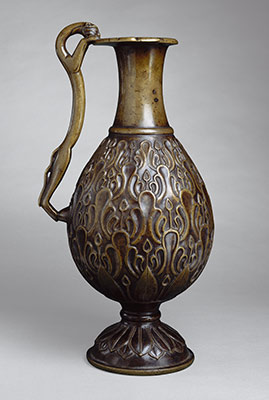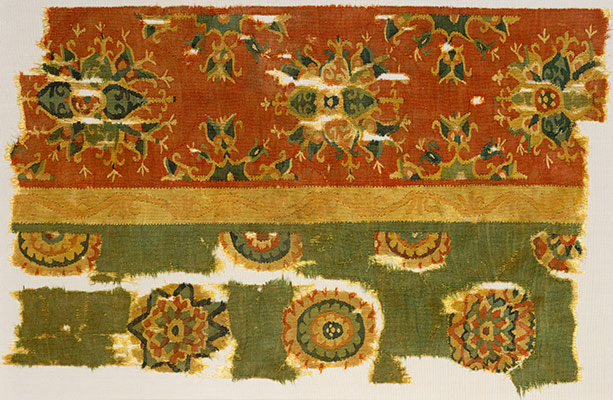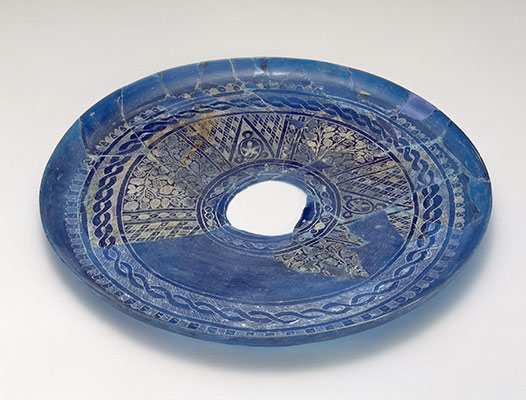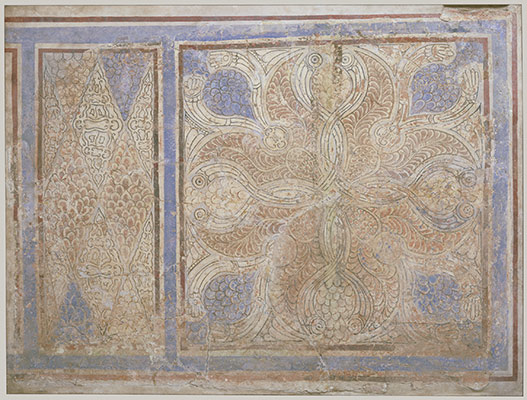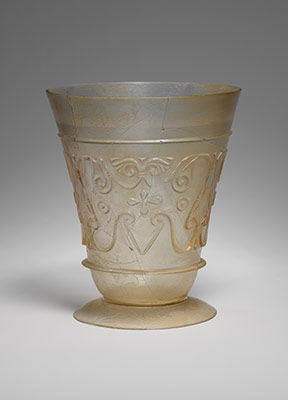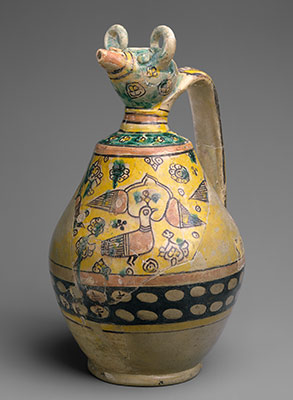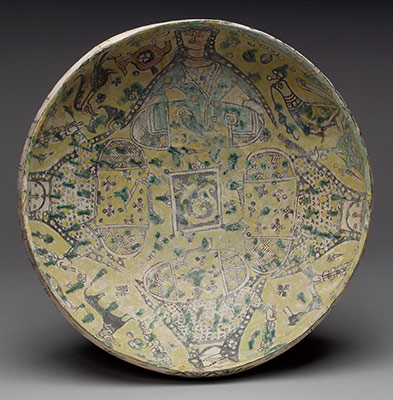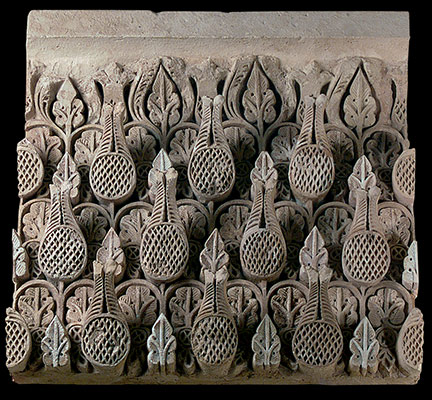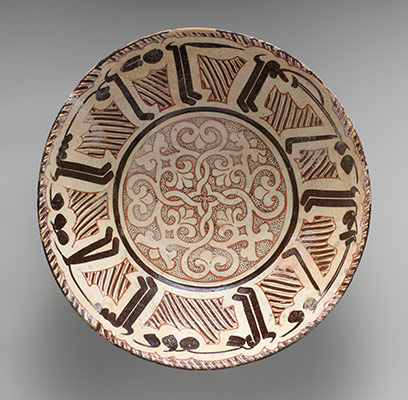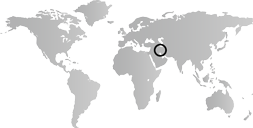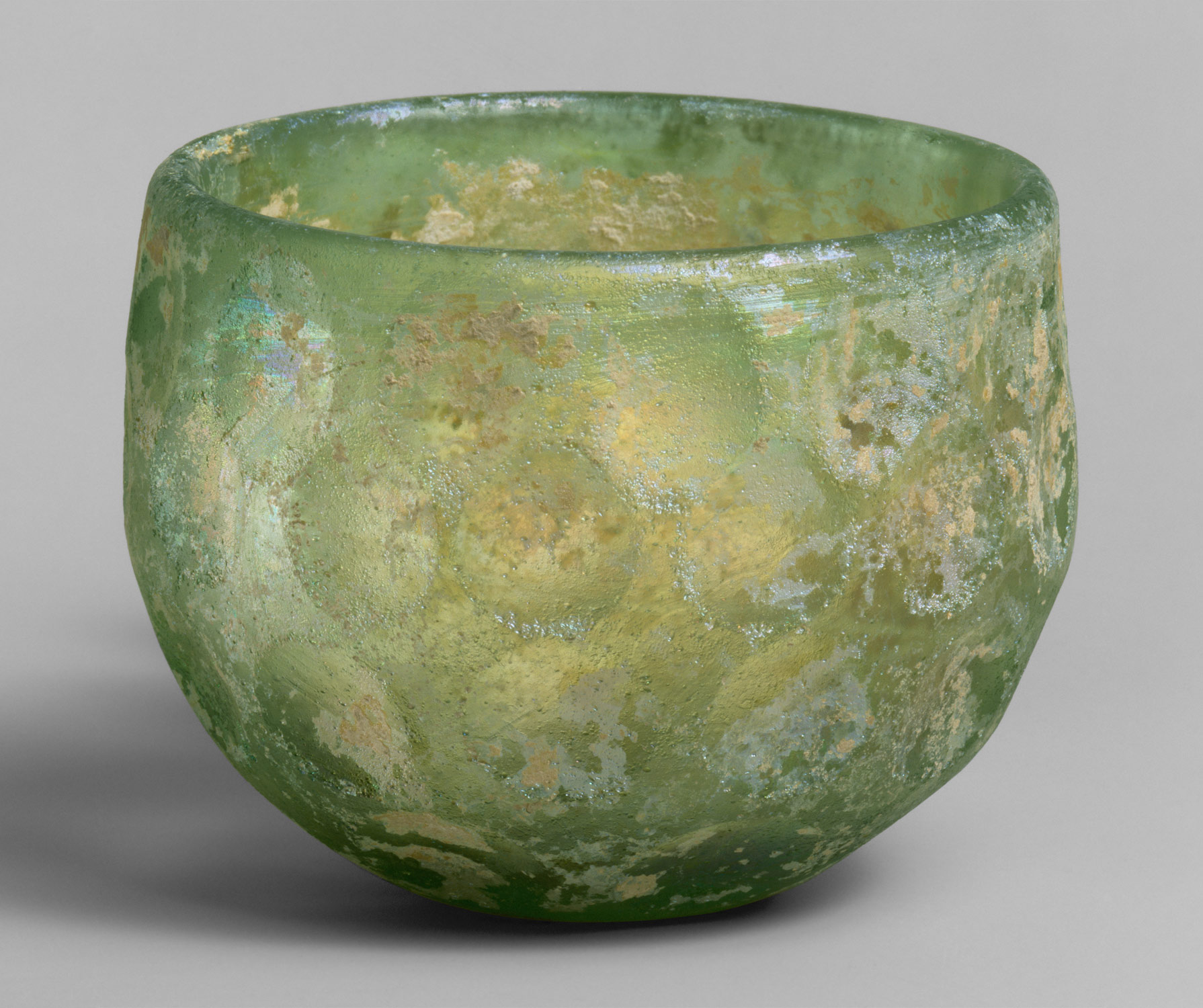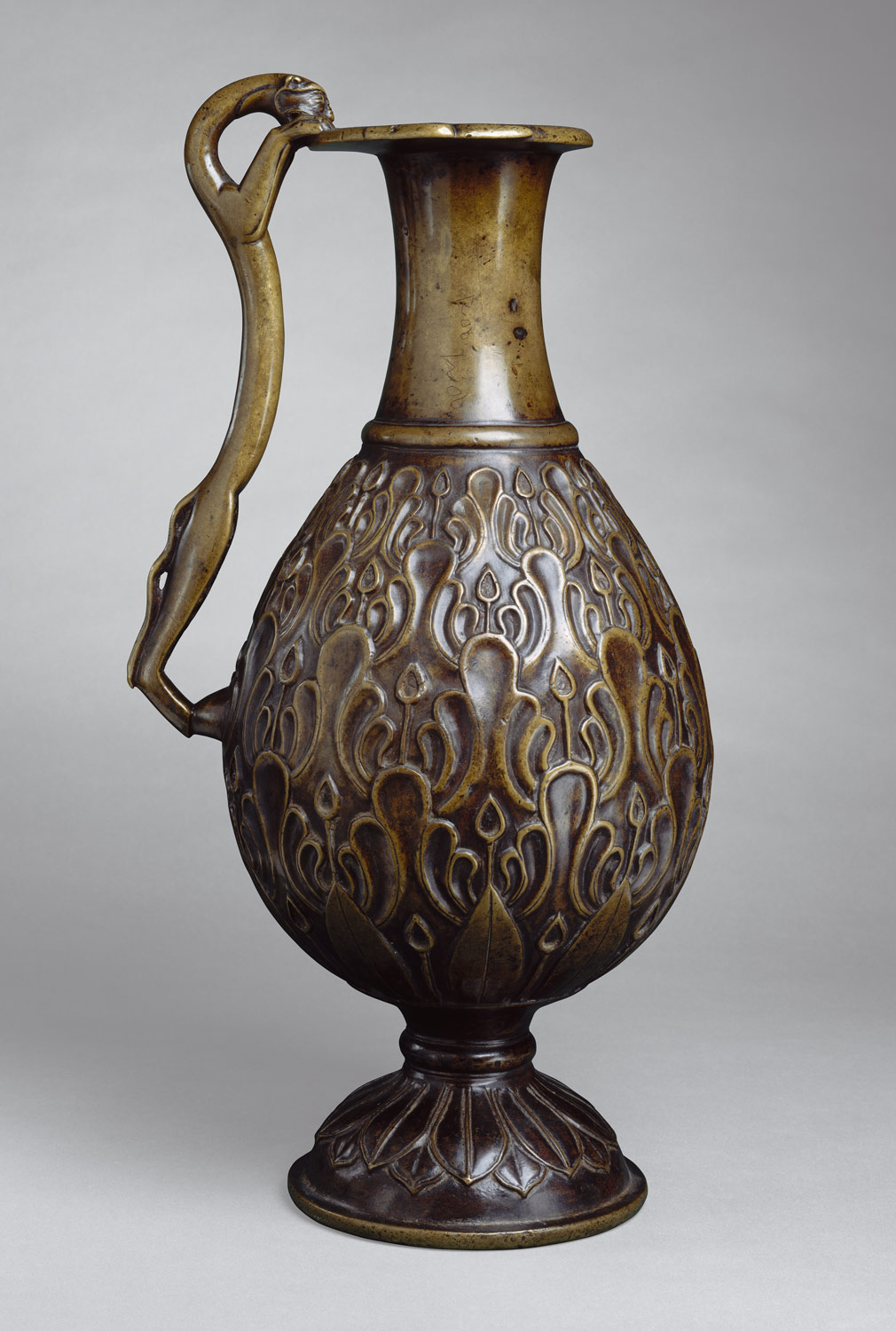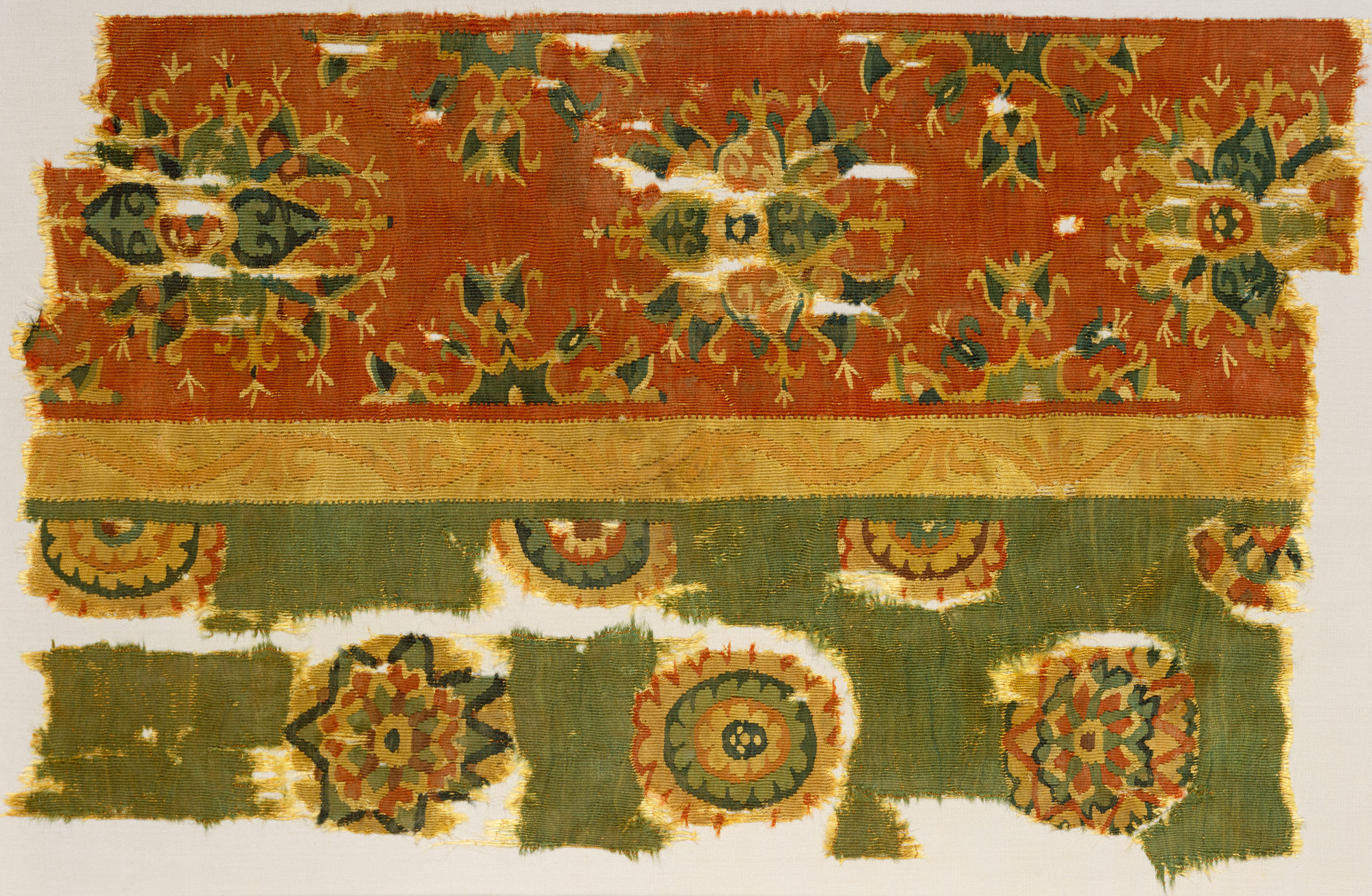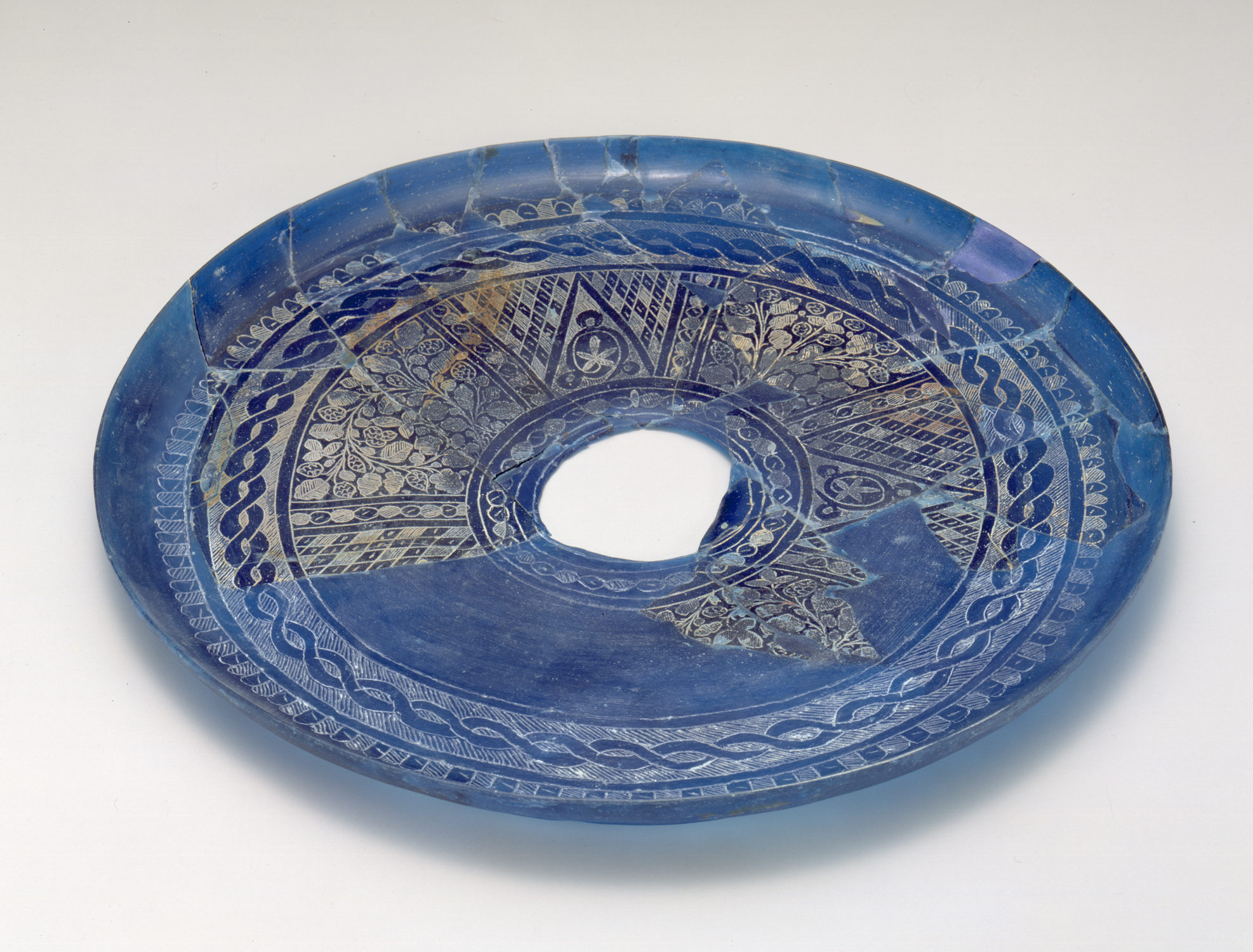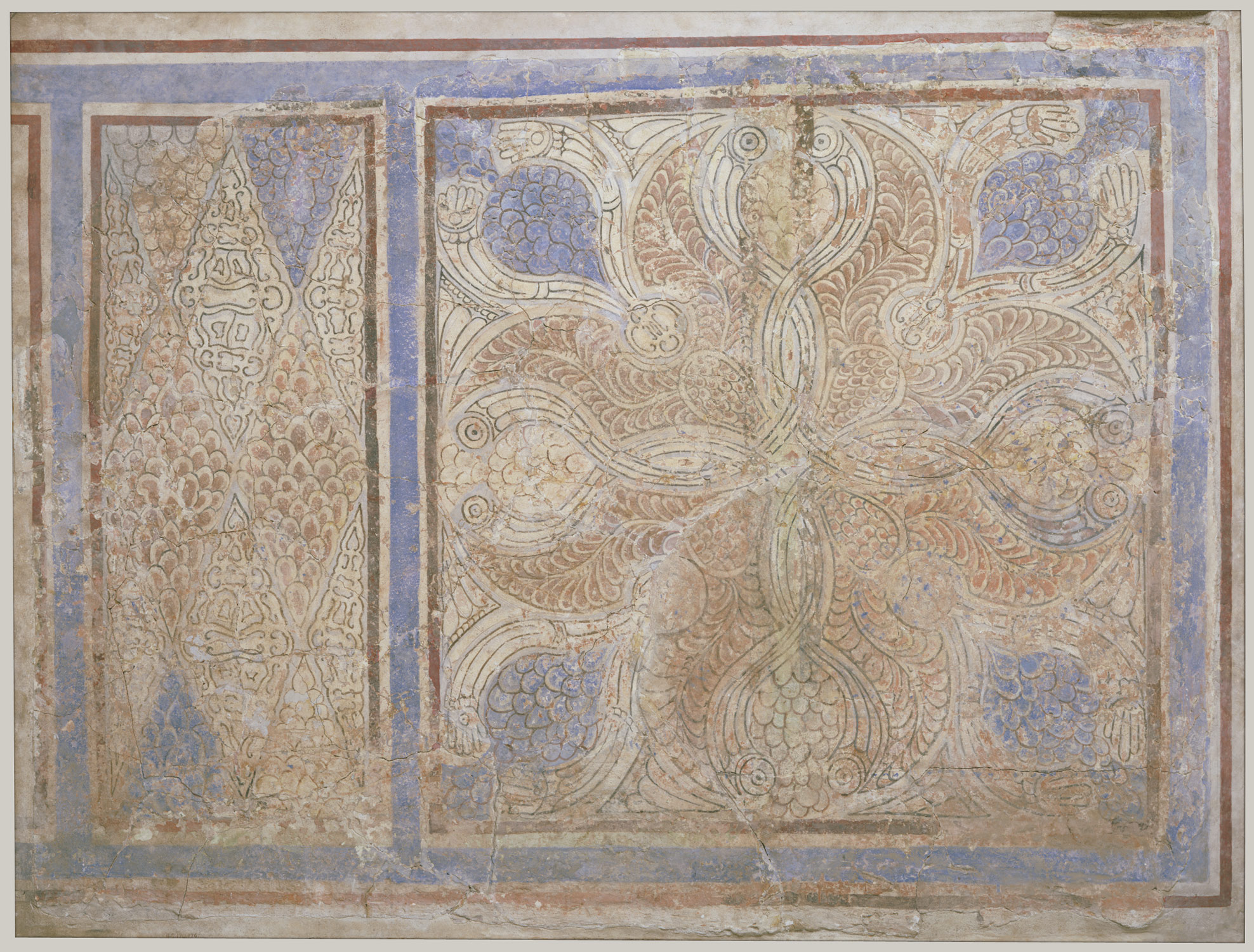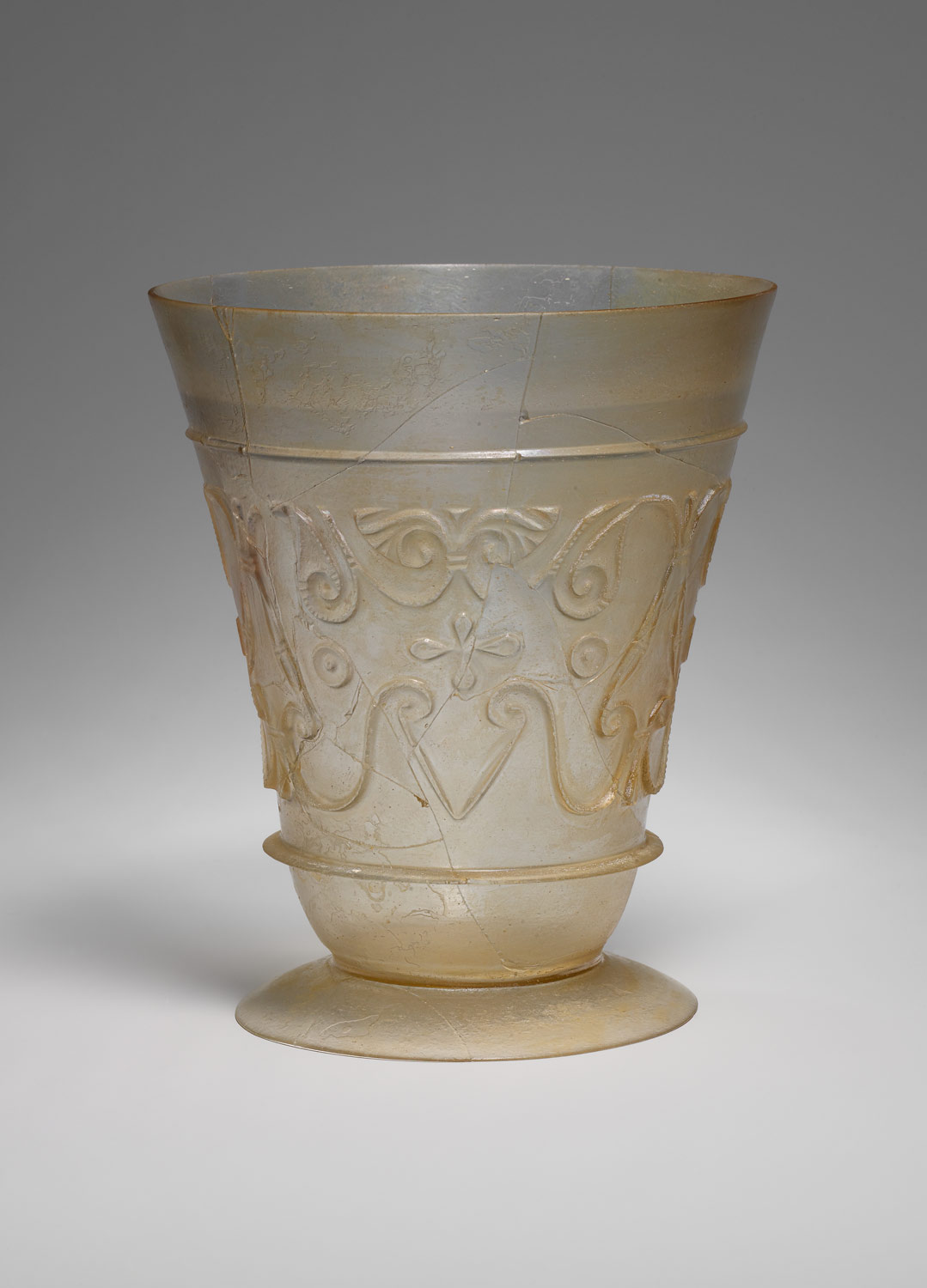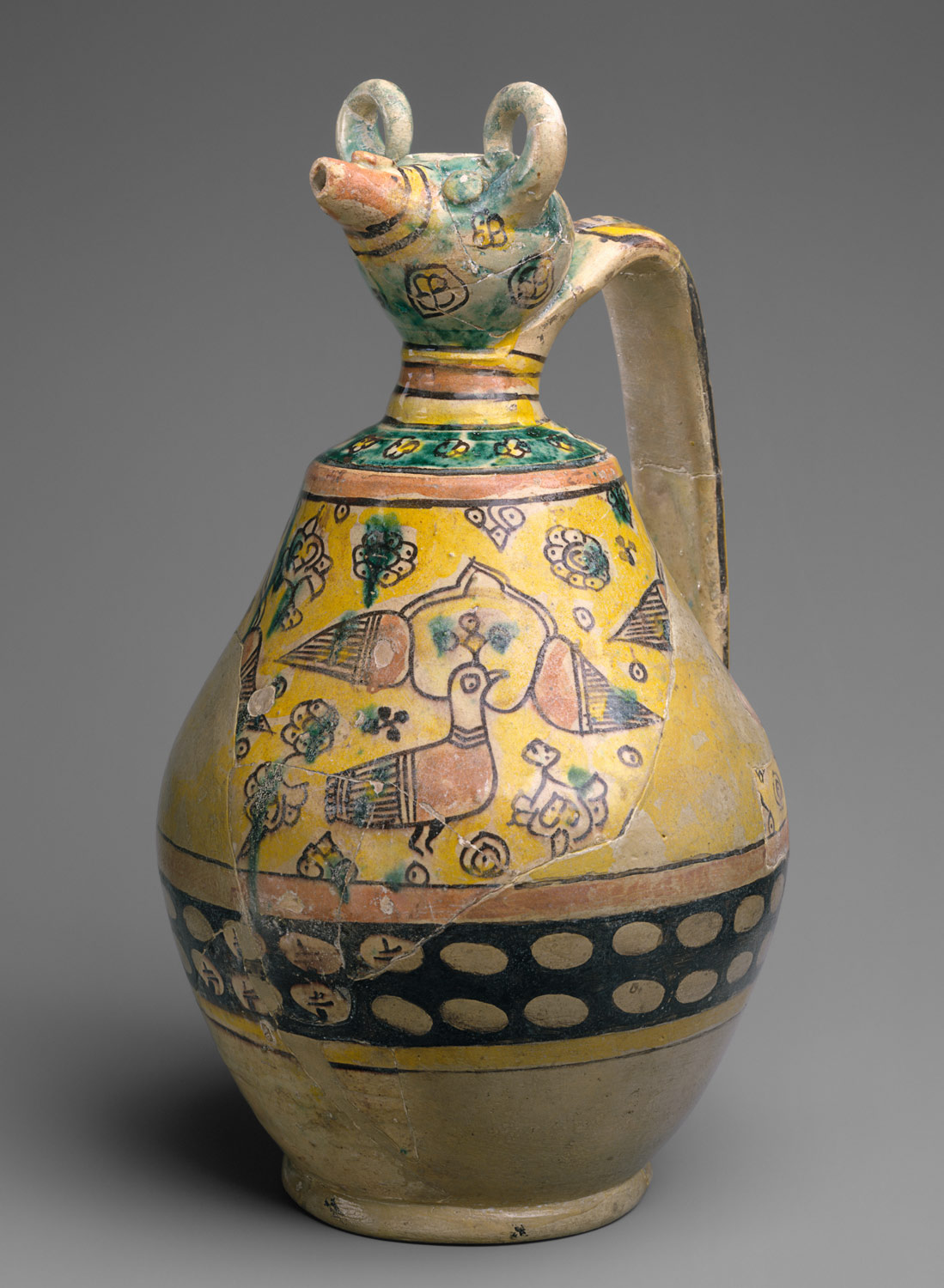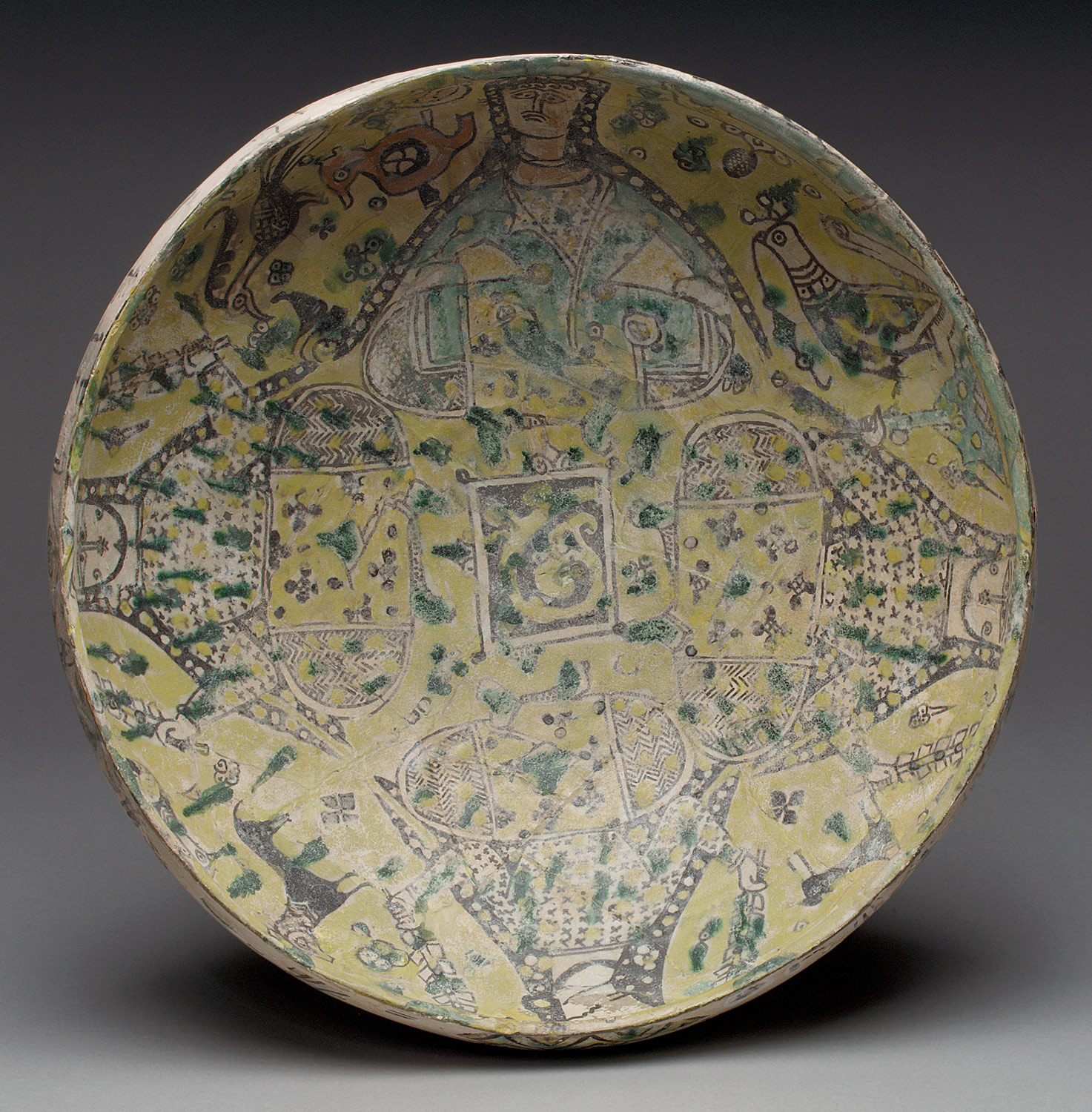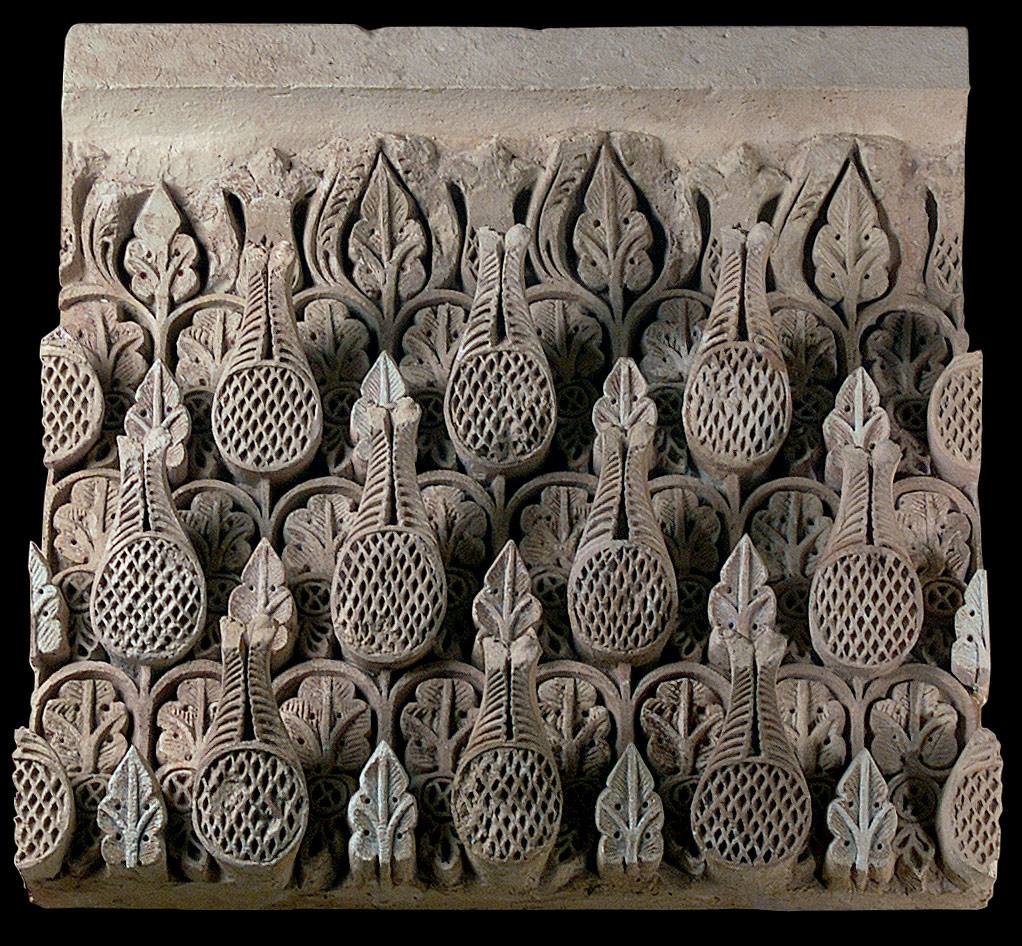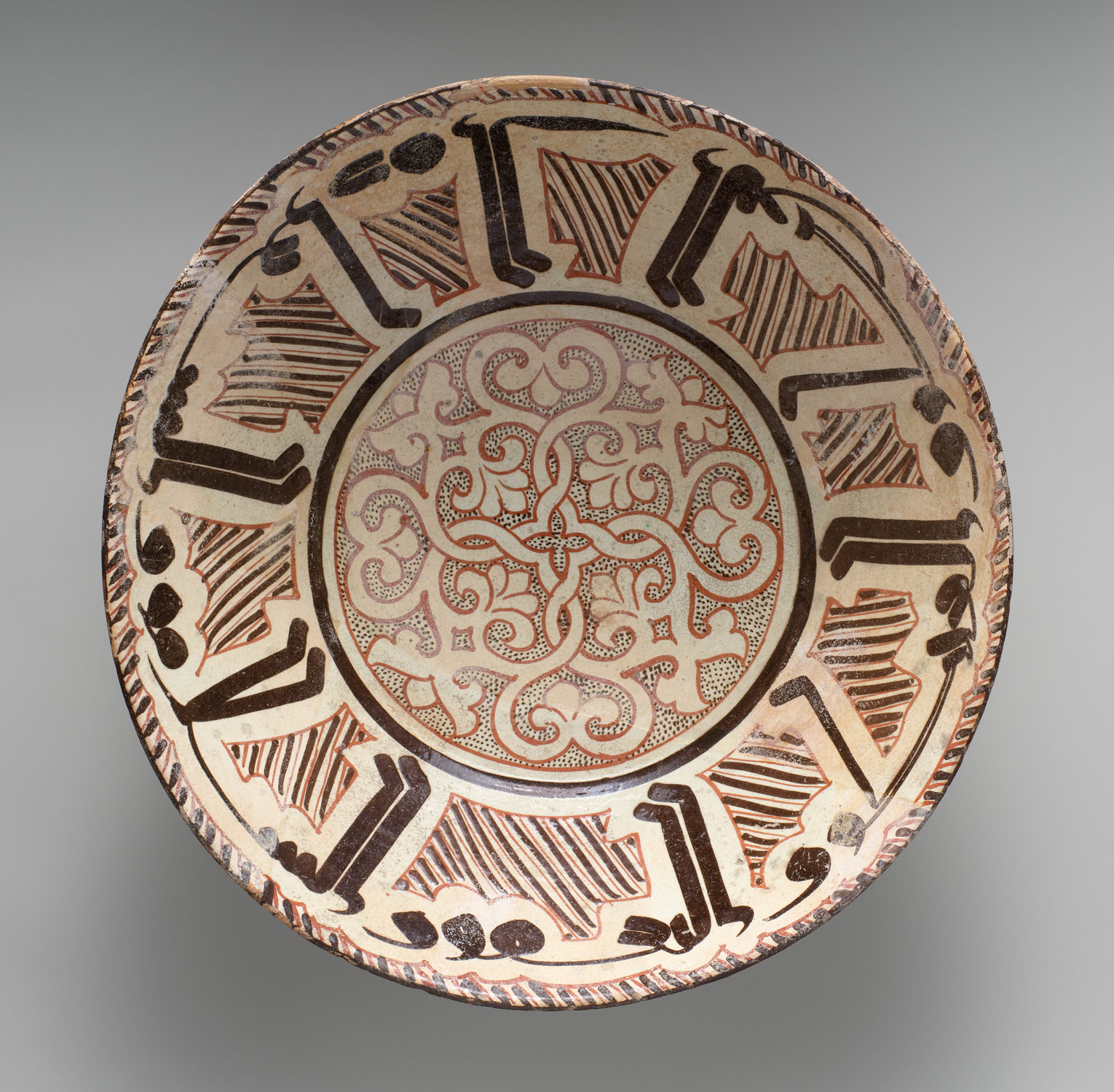In the sixth and early seventh centuries, Iran continues to be integral to the Sasanian empire. Sasanian power, however, comes to an end with the introduction of Islam in the seventh century by Arab conquerors. Iran becomes a province of the great Umayyad and Abbasid Islamic empires. While Sasanian traditions are felt in the early Islamic period, artistic impulses from capital cities further west (Damascus, Baghdad, and Samarra) become important. Along with the rise of local dynasties in the ninth century, these influences help establish a rich and diverse artistic expression that is distinctly Islamic and Iranian.
Iran, 500–1000 A.D.
Timeline
500 A.D.
625 A.D.
625 A.D.
750 A.D.
750 A.D.
875 A.D.
875 A.D.
1000 A.D.
Overview
Key Events
-
531–579
Khusrau I, called Anushirvan (r. 531–79), initially makes peace with the Byzantine empire and introduces a number of reforms. New forms of land survey and taxation stimulate the economy. Khusrau protects the frontiers of his empire by dividing it into four military zones, each commanded by one general.
-
540
Khusrau briefly captures Antioch from the Byzantine empire in the west while, in the east, he crushes the nomadic Hephthalite Huns. The Byzantine chronicler Procopius records the conflict with Byzantium, which lasts some twenty years. Near Ctesiphon in central Mesopotamia, Khusrau builds a new city called Veh az Antiok Khusrau (Better than Antioch Khusrau). The royal seal of Khusrau bears the image of a wild boar. This popular and widespread symbol in Sasanian art appears in stucco friezes, stone reliefs, and royal silver plates.
-
634–644
During the reign of the Rightly Guided Caliph ‘Umar ibn al-Khattab, Arab armies under the banner of Islam defeat Sasanian forces at the battle of Nahavand (642), marking the de facto end of the Sasanian empire. The last Sasanian ruler, Yazdgard III, flees to Merv, where he dies in 651. The influence of Sasanian art and architecture is strongly felt in the early Islamic period in Iran.
-
750–820
With the shift of the seat of power to Baghdad under the Abbasids, Iran is in close contact with the center of Islamic civilization. Persian bureaucrats gain key positions in the Abbasid hierarchy. Artistic impulses emanating from Baghdad and Samarra are felt even in the remotest Iranian provinces.
-
ca. 750–900
Congregational mosques in the Abbasid style are built in various Iranian cities. Surviving examples include the mosques of Damghan, Fahraj, Isfahan, and Siraf.
-
ca. 800–1000
As the Abbasid caliphate centered in Baghdad begins to disintegrate, several Iranian dynasties such as the Tahirids, Saffarids, Samanids, and Buyids gain power in the eastern Islamic provinces, leaving Abbasid political power effectively limited to Iraq. Until the end of the tenth century, these dynasties prevent a large-scale migration of Turkic nomads from the Central Asian steppe.
-
ca. 900–1000
The Samanids establish autonomous control in the Khurasan region and rule quite independently from Nishapur, their provincial capital in eastern Iran. The age of the Samanids marks a renaissance of Iranian culture in which their court is associated with the rise of Persian literature. Various pre-Islamic traditions are revived and integrated into the Islamic artistic language. In this way, a symbiosis emerges from the two trends of pan-Islamic Arabic and Iranian traditions. This cultural blend continues for several centuries until the social, ethnic, and political structure of the region is modified by the input of Turkic populations. New congregational mosques are built and older ones renewed and enlarged in order to serve the growing Muslim community. The mosques of Nayin (960), Niriz (973), and Isfahan (Buyid enlargement, 985–1040) are among the few surviving examples.
-
ca. 900–1100
Particularly fine ceramics, metalwork, and relief-cut glass are produced in Iran. Artists in Nishapur develop very distinctive ceramics in which slip painting beneath a transparent glaze produces a durable surface on earthenware pottery and allows for much creativity.
-
945
The forces of the Iranian Buyid dynasty, supporters of Shi‘a Islam, enter Baghdad and take control of the weakened Abbasid caliphate. From this point onward, until the formal end of the dynasty in 1258, the influence of the Abbasid caliphs is limited to the moral and spiritual spheres, as the heads of Orthodox Sunni Islam.
Citation
“Iran, 500–1000 A.D.” In Heilbrunn Timeline of Art History. New York: The Metropolitan Museum of Art, 2000–. http://www.metmuseum.org/toah/ht/?period=06®ion=wai (October 2001)
